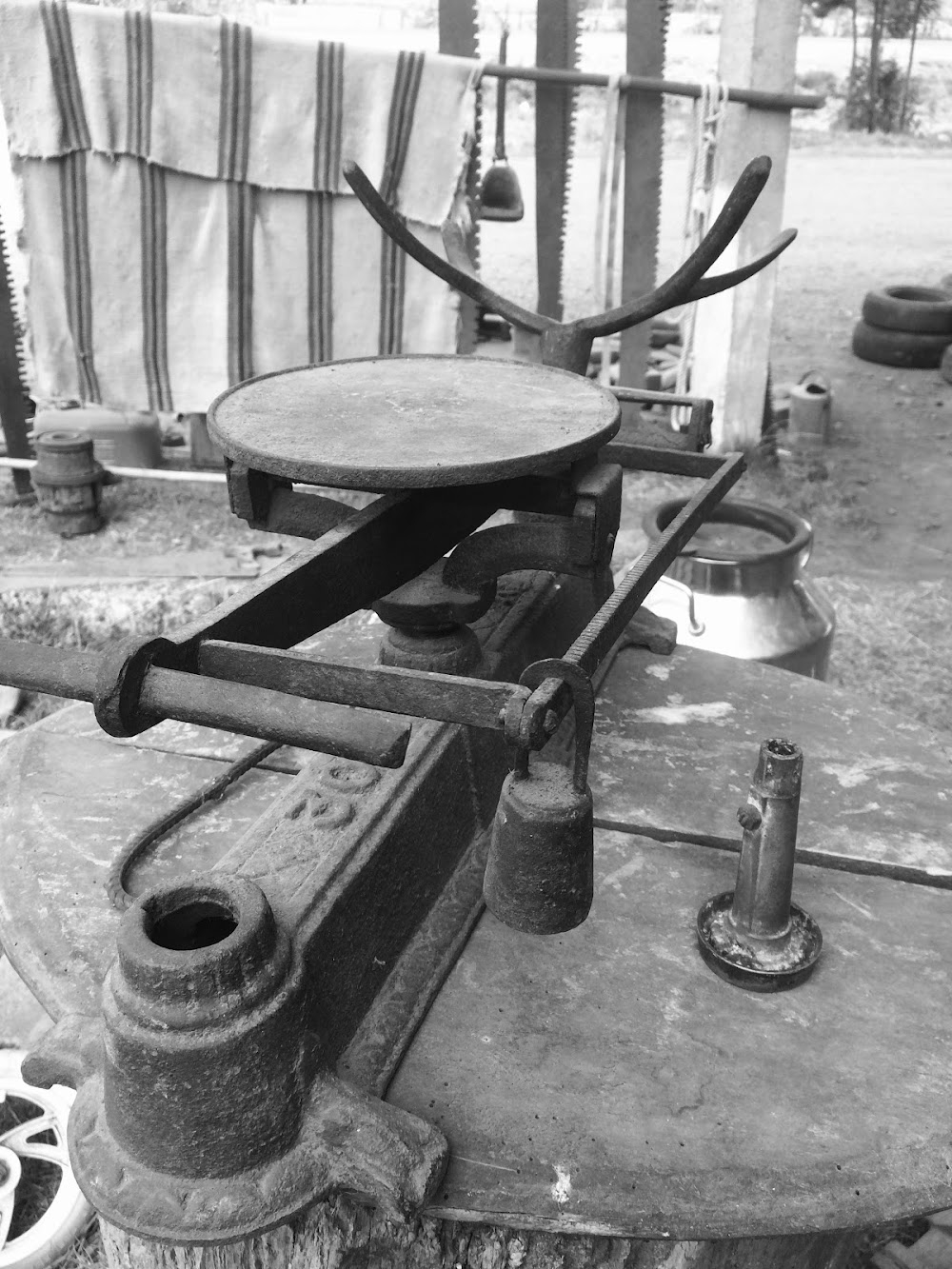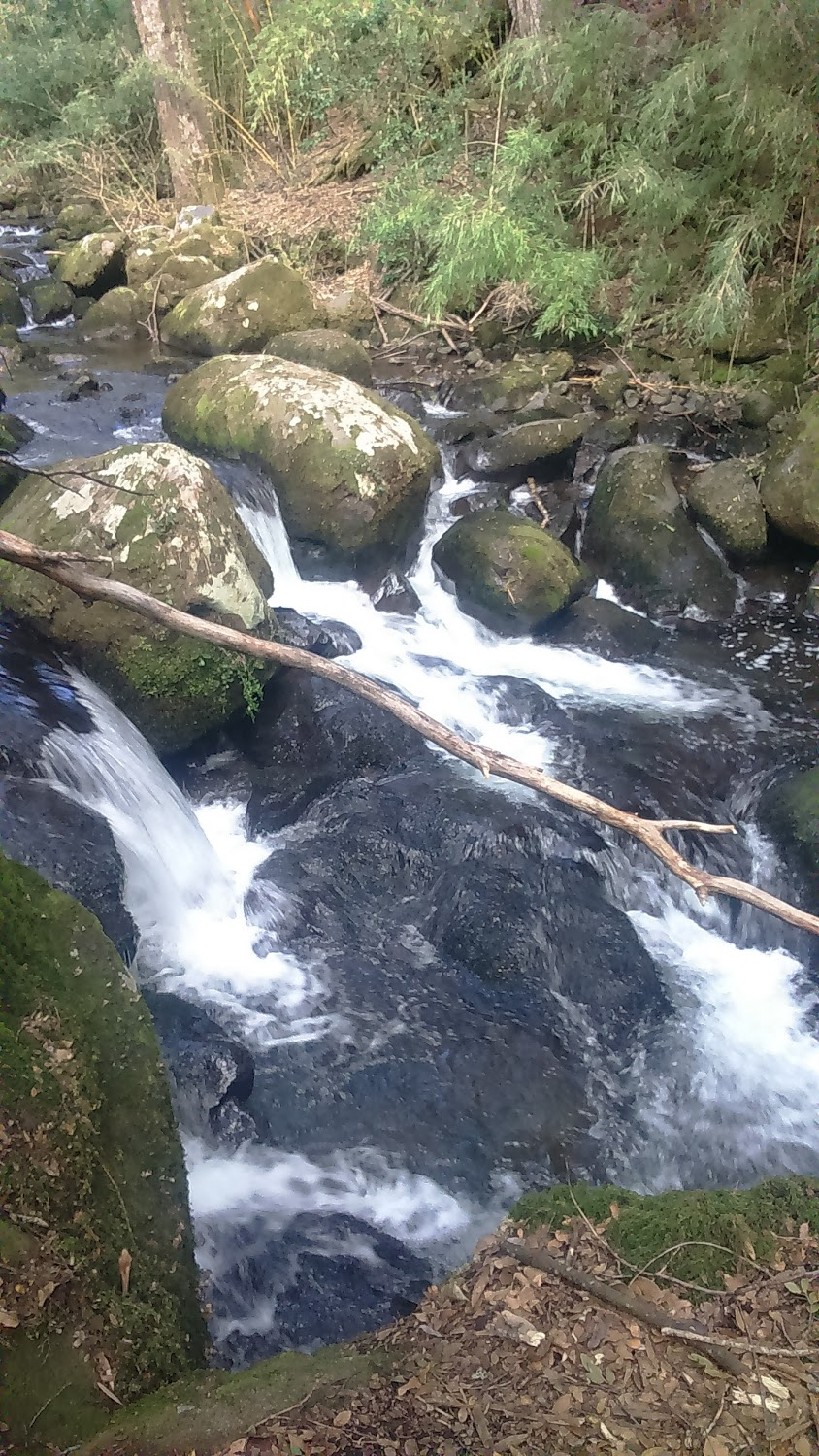Diarios de motocicleta Filming Locations
Diarios de motocicleta Filming Locations
Calama is a city on the Loa River in the Antofagasta region in northern Chile. Set in a mining area, it’s known as a gateway to the Atacama Desert. Just north, Chuquicamata is a vast open-pit copper mine. Chiu Chiu, a village near Calama, is home to a 17th-century adobe church. Southeast, Valle de la Luna, in Los Flamencos National Reserve, has a moonlike landscape of mountains and distinctive rock formations.
San Carlos de Bariloche (commonly called Bariloche) is a town in Argentina’s Patagonia region. It borders Nahuel Huapi, a large glacial lake surrounded by the Andes Mountains. Bariloche is known for its Swiss alpine-style architecture and its chocolate, sold in shops lining Calle Mitre, the main street. It's also a popular base for hiking and skiing the nearby mountains and exploring the surrounding Lake District.
Cusco, a city in the Peruvian Andes, was once capital of the Inca Empire, and is now known for its archaeological remains and Spanish colonial architecture. Plaza de Armas is the central square in the old city, with arcades, carved wooden balconies and Incan wall ruins. The baroque Santo Domingo Convent was built on top of the Incan Temple of the Sun (Qoricancha), and has archaeological remains of Inca stonework.
Valparaíso is a port city on Chile’s coast. It's known for its steep funiculars and colorful, clifftop homes. La Sebastiana, the quirky former residence of Chilean poet Pablo Neruda, is now a museum with far-reaching Pacific views. During the 19th century, an influx of European immigrants left their mark on the city’s architecture and cultural institutions, many of which congregate around downtown’s Plaza Sotomayor.
Havana is Cuba’s capital city. Spanish colonial architecture in its 16th-century Old Havana core includes the Castillo de la Real Fuerza, a fort and maritime museum. The National Capitol Building is an iconic 1920s landmark. Also in Old Havana is the baroque Catedral de San Cristóbal and Plaza Vieja, whose buildings reflect the city’s vibrant architectural mix.
Temuco is a city in central Chile, south of Santiago. Its grand, central square, Plaza Aníbal Pinto, is adorned with imported palm trees. Nearby is the Regional Museum of Araucania, a colonial building housing traditional Mapuche costumes and decorative objects, plus archaeological artifacts like funerary urns. Northeast, the Cerro Ñielol Natural Monument is a hill forested with olive and laurel trees.
Villa La Angostura is a resort town on Nahuel Huapi Lake in Patagonia, Argentina. It’s known for its Alpine-style wooden buildings. The surrounding Nahuel Huapi National Park has Andean mountains, lakes and forests. Nearby, Los Arrayanes National Park contains centuries-old arrayán trees. Cerro Bayo mountain ski trails are just outside of town. The Seven Lakes road winds north to the town of San Martín de los Andes.
Buenos Aires is Argentina’s big, cosmopolitan capital city. Its center is the Plaza de Mayo, lined with stately 19th-century buildings including Casa Rosada, the iconic, balconied presidential palace. Other major attractions include Teatro Colón, a grand 1908 opera house with nearly 2,500 seats, and the modern MALBA museum, displaying Latin American art.
Lima, the capital of Peru, lies on the country's arid Pacific coast. Though its colonial center is preserved, it's a bustling metropolis and one of South America’s largest cities. It's home to the Museo Larco collection of pre-Columbian art and the Museo de la Nación, tracing the history of Peru’s ancient civilizations. The Plaza de Armas and the 16th-century cathedral are the heart of old Lima Centro.
Mendoza is a city in Argentina’s Cuyo region and the heart of Argentina's wine country, famed for Malbecs and other red wines. Its many bodegas (wineries) offer tastings and tours. The city has wide, leafy streets lined with modern and art deco buildings, and smaller plazas surrounding Plaza Independencia, site of subterranean Museo Municipal de Arte Moderno, displaying modern and contemporary art.
Freire is a Chilean town and commune in Cautín Province, Araucanía Region. According to the 2012 census, the commune population was 21,750 and has an area of 935.2 km². The town of Freire lies at the junction of Chile Highway 5 and the Route CH-199, which links Freire with Villarrica and Pucón.
Iquitos is a Peruvian port city and gateway to the jungle lodges and tribal villages of the northern Amazon. Its district of Belén is known for its massive open-air street market and rustic stilt houses lining the Itaya River. In the historic center, the Main Square (Plaza de Armas) is surrounded by European-influenced buildings dating to the region's turn-of-the-20th-century boom in rubber production.
Lautaro is a city and commune of the Cautín Province in Chile's Araucanía Region. The area is named in honor of Lautaro, Mapuche leader during the War of Arauco.
Diarios de motocicleta (2004)
Ernesto Guevara de la Serna, popularly known as Che, along with his friend Alberto Granado, decides to take a road trip across South America. His experiences on the journey transform him.



